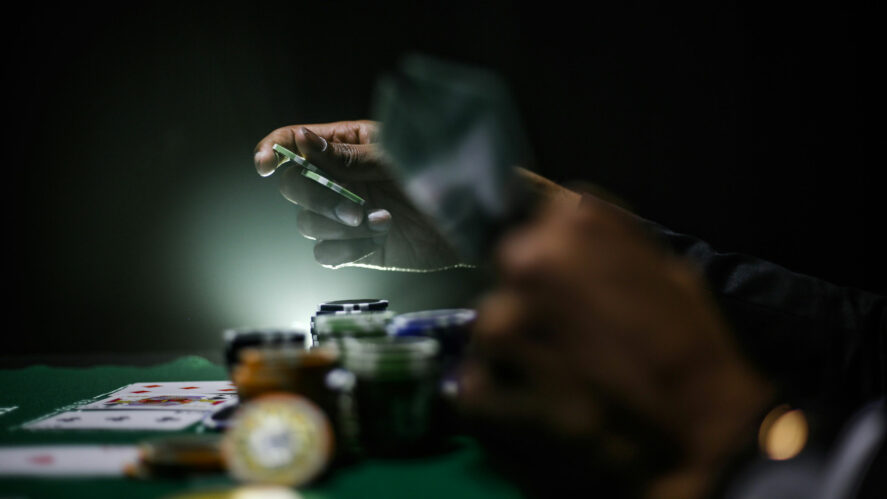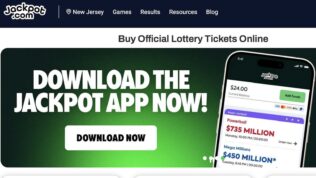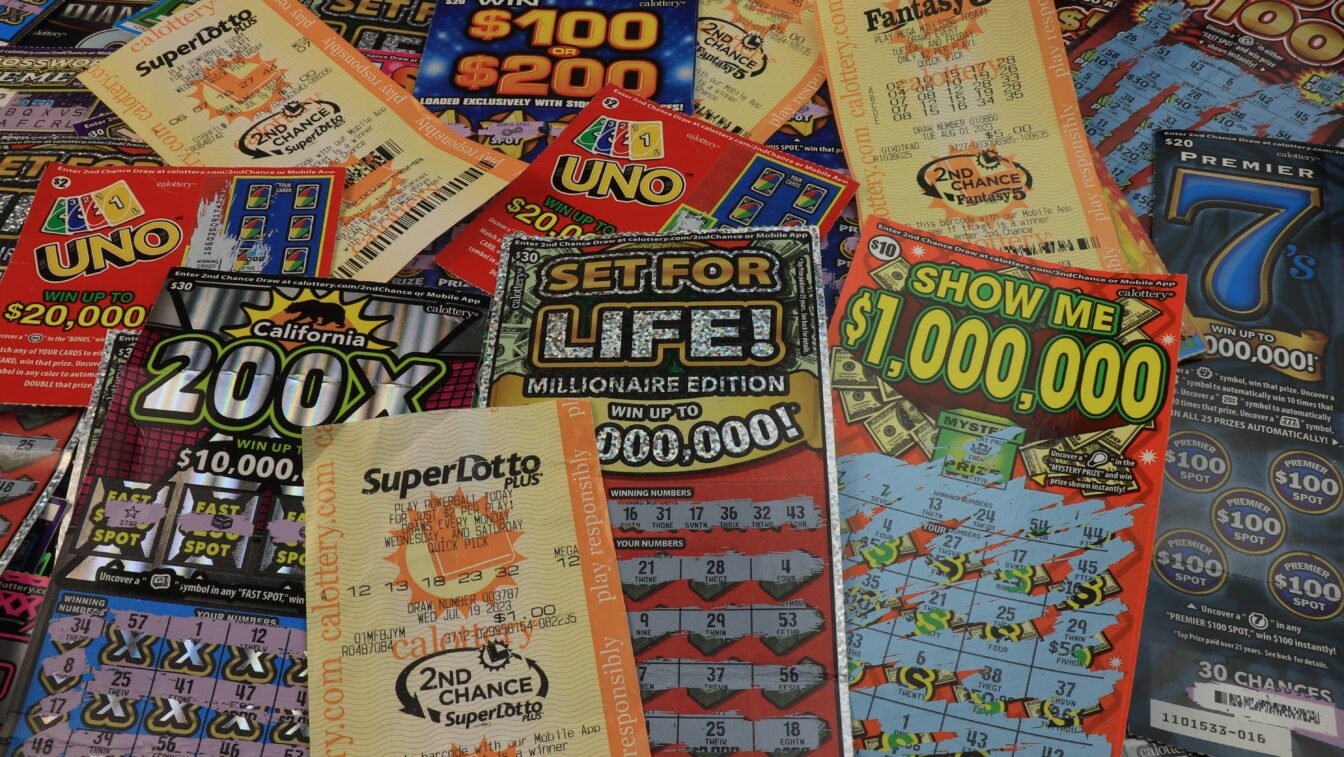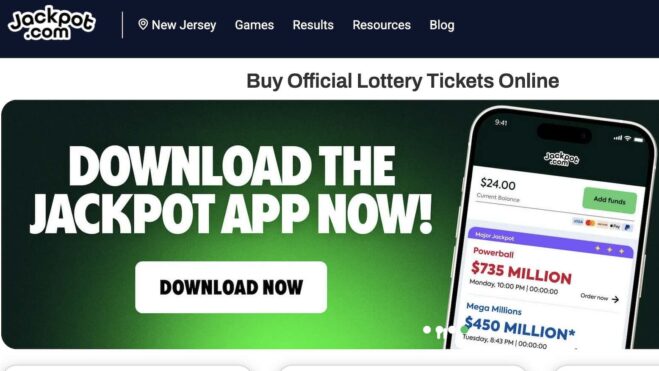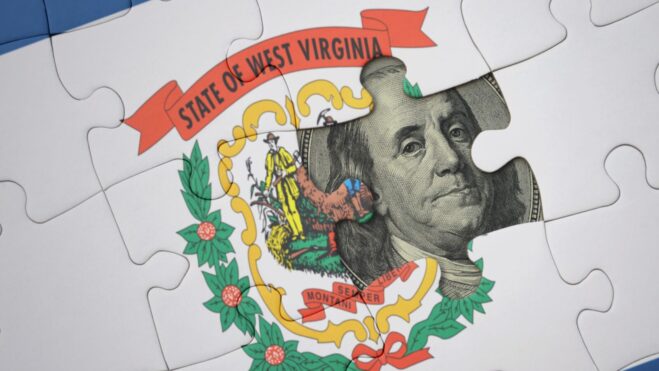iLottery: Not Simply A Case Of Building It, And They Will Come
A lottery marketing professional’s view on the move toward digital
5 min

So you’ve got iLottery available via desktop, mobile, and/or apps, and that is great.
Just as lottery products via retail shops and vending are great, and where regulatory hoops necessitate them, lottery products through courier services are great too, apropos of no alternative.
Whether it be digital desktop, mobile and/or apps, shops, or courier services, they are all distribution channels — a means to an end. As a collective, these channels can be grouped as “physical availability,” one half of the growth equation as highlighted by Professor Byron Sharp in his book How Brands Grow, facilitating a breadth of access and convenience in finding and purchasing lottery products. The overriding goal: the easier to purchase for the consumer, the better.
Integrated, they offer a suite of access points via differing channels, forming an omnichannel platform for growth — but it should be highlighted, it is not simply a case of “If you build it, they will come.”
Capturing mental availability
In and of itself, iLottery is not the panacea for static or declining player participation trends. The reason for this is that in a battle for consumer attention (the scarcest resource in today’s world), the core challenge of any lottery is cost-effectively gaining, and then growing, the consumer’s “mental availability,” the other half of Professor Sharp’s growth equation for how to grow your brand/product. “mental availability” relates to how a consumer thinks of your brand/product as distinctive, memorable, and relevant to their need states, in buying situations, on an ongoing basis.
Against a backdrop of cost-of-living pressures and an ever-increasing range of alluring alternatives, brand affinity and consumer demand to play lottery games must be generated and importantly sustained to earn consumer advocacy and attract their discretionary spend. Without generating consumer demand and growing “mental availability,” the range and depth of access points will matter not, and you are left with a lottery reliant on impulse purchases and expensive CPAs.
And, not to rain on anyone’s parade, but nor is iLottery the solution to the holy grail of getting young adults into the category. Again, in this regard to this other category issue many lotteries face, iLottery is just an access point.
Despite the amount of time 18-to-25-year-olds may spend on their phones, just because a lottery has a digital portal of some kind is not a sudden “ta da” moment that solves why young adult cohorts under-index against other demographics. Like it or not, the reason young adults under-index is because for the most part, the lottery is a lifestage category.
Realistically, at a base level, even the best lottery products can’t compete against beer money, mobile and Netflix subscriptions, running a car, and an active social life — though it becomes more complex than just these factors. So, unless a lottery has the right games, communicated with the right campaign, delivered in the right way to engage them, it will spend a lot of marketing dollars at a substandard ROI vs. the ROI the same spend could achieve from targeting other more responsive cohorts.
Yes, if executed well, such initiatives will improve the participation of young adults, but their behavior will be one of dabbling rather than regular play, and as a cohort, they will still under-index on frequency, spend, and penetration.
Pros and cons to the ticket purchase
Regardless of channel, taking a helicopter view of the lottery category, it is not only unique but pretty amazing in what it offers (at least that’s my view) and it is egalitarian, for without skill, via the outlay of a small amount of money, anyone over the legal age limit of their particular jurisdiction can purchase the chance to win a life-changing amount of money.
It is however, not without its cons, as a lottery ticket is quite possibly the most superfluous consumer goods purchase there is, serving no functional benefit, and the predominant category experience for the consumer is a losing one. Yet, unlike other consumer goods, lottery has no natural limit on a weekly spend, while you can only drink so much cola/coffee or use so much detergent/toothpaste in a week. With effective lottery promotion, it’s not a case of pulling a purchase forward.
Notwithstanding operational and regulatory responsible play considerations, with the application of category know-how, regular innovation of the portfolio, and commissioning of effective marketing content, behavior change can be influenced to drive market share and deliver sustained value to shareholders and/or good causes. And this is where iLottery, along with other access channels to the lottery, can help facilitate growth. Off the back of consumer demand and “mental availability,” in the simplest terms, retail facilitates growth via having as many outlets as is commercially viable based on jurisdiction scale and population density, and iLottery facilitates growth as long as the UX and UI designs are optimized for slick conversion.
Where iLottery channels do come into their own in comparison to more traditional channels is how they offer lotteries the opportunity to enhance player experience, interact with players, and personalize content. It is a superior access point if set up properly for SEO, AEO, and tracking, providing analytics and insights into potential consumer and player behaviors via data.
This, despite false concerns from some quarters, also means that iLottery is a more powerful tool for responsible gambling than has ever been possible in retail channels. Also, due to iLottery, addressable media comes into play, so perfect and timely jackpot communication can be delivered, as can broader engagement through in-device communication, push notifications, and in theory email (but less and less so these days due to open rates) to connect in contextual key moments with a lottery’s player base, targeting attitudes and behaviors. All of which ultimately empower a lottery’s CRM, if executed effectively.
The more options the merrier
Just as with streaming services, content is king — and iLottery facilitates the option to offer more games than even the biggest and best retail environments. Some games in the portfolio can be channel exclusive ones, interactive instant win games that can be merchandised to not only present the games perfectly but also nudge players toward higher price points or introduce as recommendations for trial new or different games to the consumer.
With animated graphics and gameplay, in the context of traditional instants/scratchers, iLottery offers the consumer enhanced playability without the latex dandruff! And, of course, iLottery potently puts the lottery directly into the hands of the vast majority of the adult population, reducing the barriers to participation of forgetting to get a ticket on the way home from work or not living near a retailer. Either by desktop, mobile, or app, play can be far more convenient to consumers than any other means of playing the lottery, bar via subscription play.
But only if the interest and motivation to play are there in the first place — without it, even the best omnichannel strategy won’t realize a lottery’s full potential. Even if the year-on-year channel specific growth is impressive, look behind the payout percentages, look at the cannibalization of retail vs. true incremental spend, track the participation penetration of all adults and the frequency of play and the net win on a month-by-month basis for a true reflection of what is happening in a category that is far more nuanced than channels alone.
However, developed in tandem, “mental and physical availability” of the lottery can be leveraged to responsibly drive up player participation and frequency, to unlock growth potential, by enabling more adults to more easily purchase the lottery in more situations.
—
Matt Osgood is a marketing professional and lottery advocate with a record of successful cooperation with the lottery industry and of growing player participation and accelerating sales.
Matt has held senior product and marketing roles in lotteries in Illinois, Ireland, and the U.K., as well as holding director roles at Lottoland and The Football Pools. Elected Chair of the EuroMillions marketing working group for three terms, Matt has also consulted to lotteries in Arkansas, California, Canada, Iceland, New York, South Africa and the UAE — improving agency/client ways of working, rejuvenating product portfolios, and enhancing marketing effectiveness.

